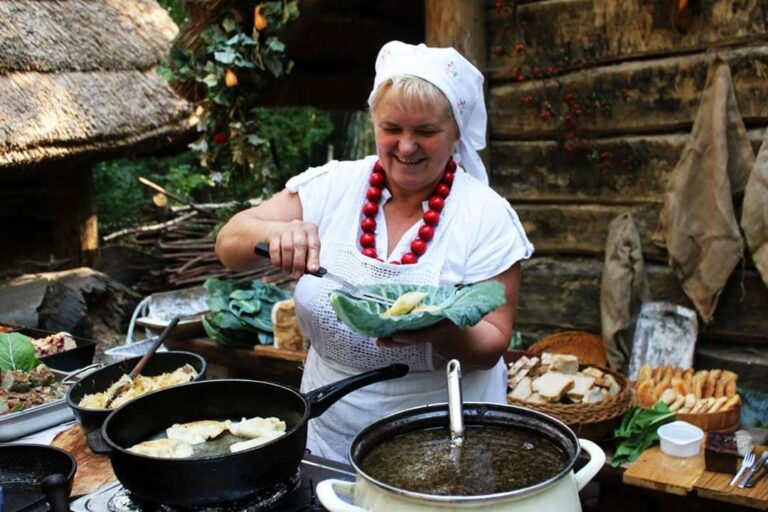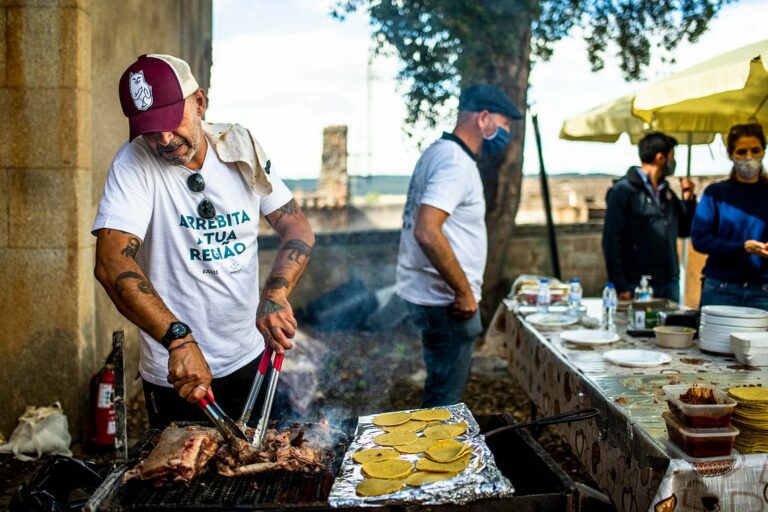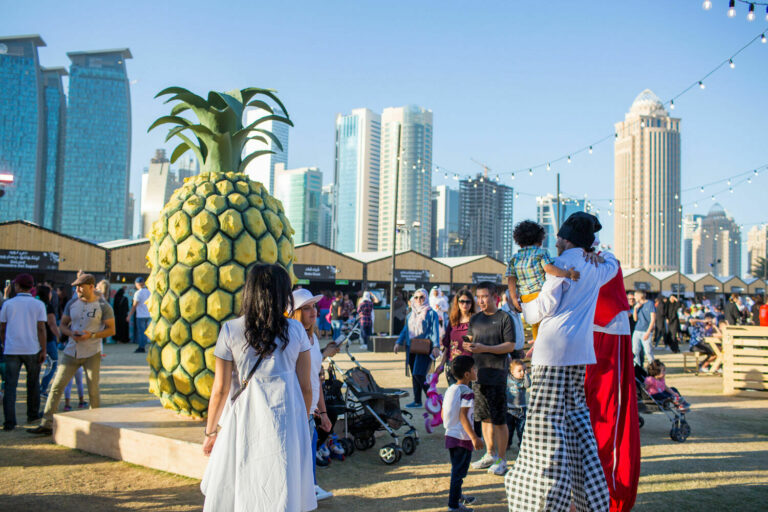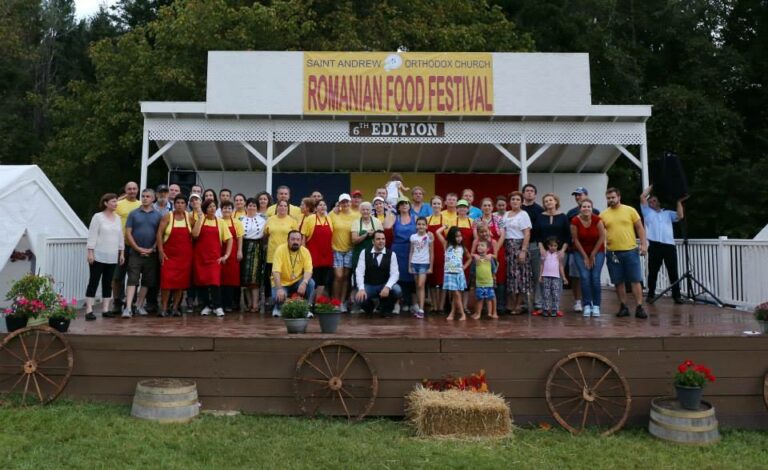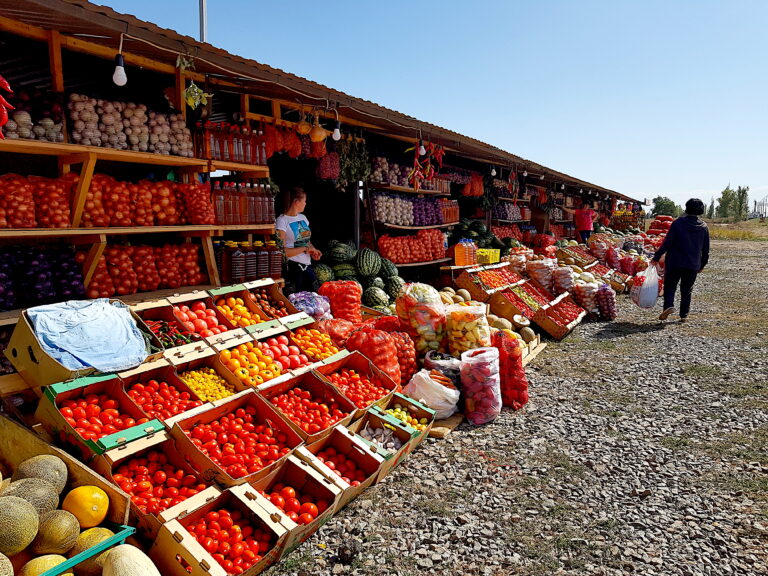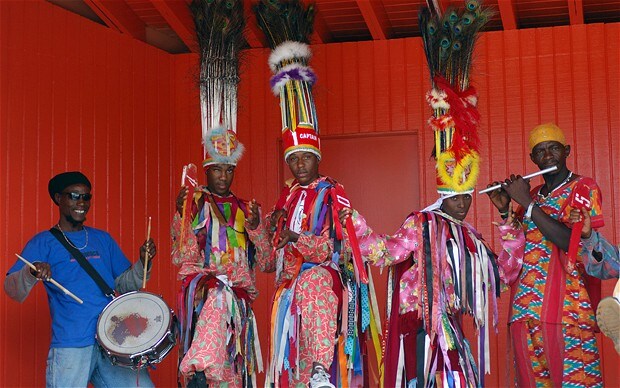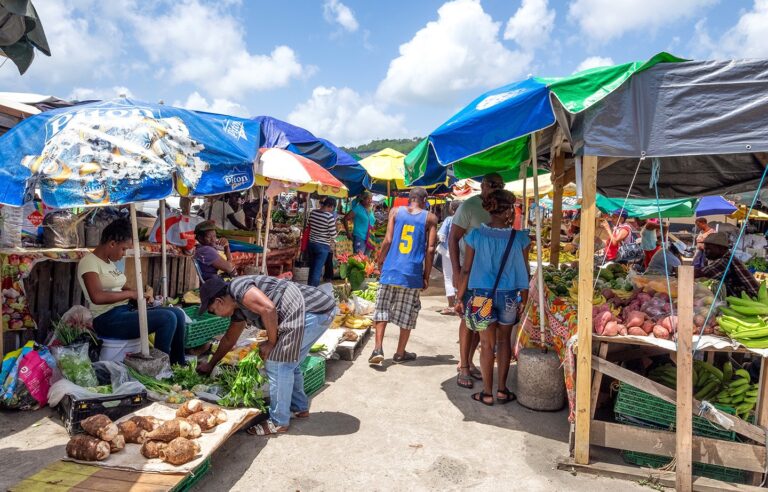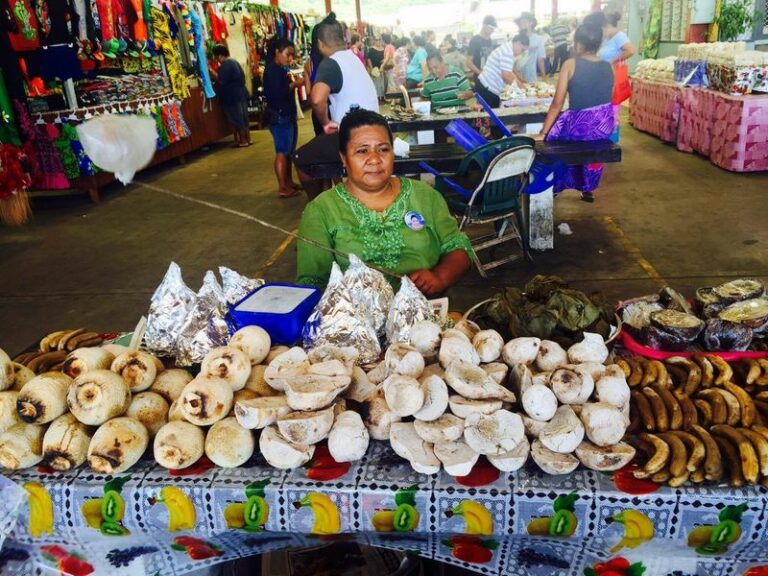Introduction: Exploring Poland’s food scene
Poland is a country with a rich culinary tradition that spans centuries. From hearty soups and stews to savory pierogi and kielbasa, Polish cuisine is beloved for its comforting flavors and hearty portions. As a result, there are many food markets and festivals throughout Poland that celebrate the country’s culinary heritage and provide a platform for local producers to showcase their products.
Whether you are a foodie looking to sample traditional Polish dishes or a traveler interested in experiencing the local culture, these markets and festivals offer a unique opportunity to taste your way through Poland and discover the country’s diverse culinary landscape.
Traditional markets: A glimpse into Polish cuisine
In Poland, traditional food markets are still a popular way to shop for fresh produce, meats, and baked goods. They are often held in historic market squares, where vendors set up stalls to sell their wares. Visitors can sample local specialties and purchase ingredients to cook traditional Polish dishes at home. Some of the most famous markets include the Hala Targowa in Krakow and the Hala Mirowska in Warsaw, both of which are open daily.
In addition to fresh produce, these markets also offer a variety of prepared foods, such as pierogi, kielbasa, and oscypek (a smoked cheese). Many vendors offer samples, so visitors can try a variety of dishes before deciding what to order. These markets are a great way to experience the authentic flavors of Poland and interact with local producers and vendors.
Street food festivals: A tasty way to experience Poland
Street food festivals have become increasingly popular in Poland, providing a platform for food trucks and vendors to showcase their cuisine. These festivals often feature a variety of international and local flavors, ranging from burgers and tacos to traditional Polish dishes such as zapiekanka (a type of open-faced sandwich) and bigos (a meat and cabbage stew).
One of the most famous street food festivals in Poland is the Warsaw Street Food Festival, which takes place annually and attracts thousands of visitors. The festival features over 60 food trucks and vendors, as well as live music and other entertainment. Other notable festivals include the Food Truck Fest in Krakow and the Street Food Festival in Gdansk.
Regional specialties: Discovering local flavors
Poland is divided into 16 administrative regions, each with its own unique culinary traditions and specialties. These regional dishes are often based on local ingredients and cooking methods, and can vary widely from one area to another.
For example, in the Mazovia region, which includes Warsaw, traditional dishes include pierogi ruskie (filled with potatoes and cheese) and zurek (a sour rye soup). In the Podhale region, which is located in the Tatra Mountains, local specialties include oscypek (a smoked cheese) and kwaśnica (a sauerkraut soup).
Visiting these regions and trying the local cuisine is a great way to experience the diversity of Polish food culture. Many restaurants in these areas specialize in traditional regional dishes, and there are also food tours and culinary workshops available for visitors.
Seasonal events: Celebrating food throughout the year
Throughout the year, there are many seasonal events in Poland that celebrate the country’s culinary traditions. For example, in the spring, there is the Wianki Festival in Krakow, which features traditional Polish foods and drinks, as well as live music and dancing. In the summer, there is the Pierogi Festival in Krakow, which is focused on the iconic Polish dumpling.
In the fall, there are many harvest festivals throughout the country, where visitors can sample local produce and traditional dishes. In the winter, there are Christmas markets in many cities, which offer a variety of seasonal treats such as gingerbread, mulled wine, and roasted chestnuts.
Conclusion: Savoring the culinary delights of Poland
Poland’s food markets and festivals offer a unique opportunity to explore the country’s rich culinary heritage and sample its diverse flavors. From traditional markets selling fresh produce and prepared foods to street food festivals featuring international and local cuisine, there is something for every food lover in Poland. Whether you are a seasoned traveler or a first-time visitor, be sure to add a food market or festival to your itinerary to experience the best of Polish cuisine.

